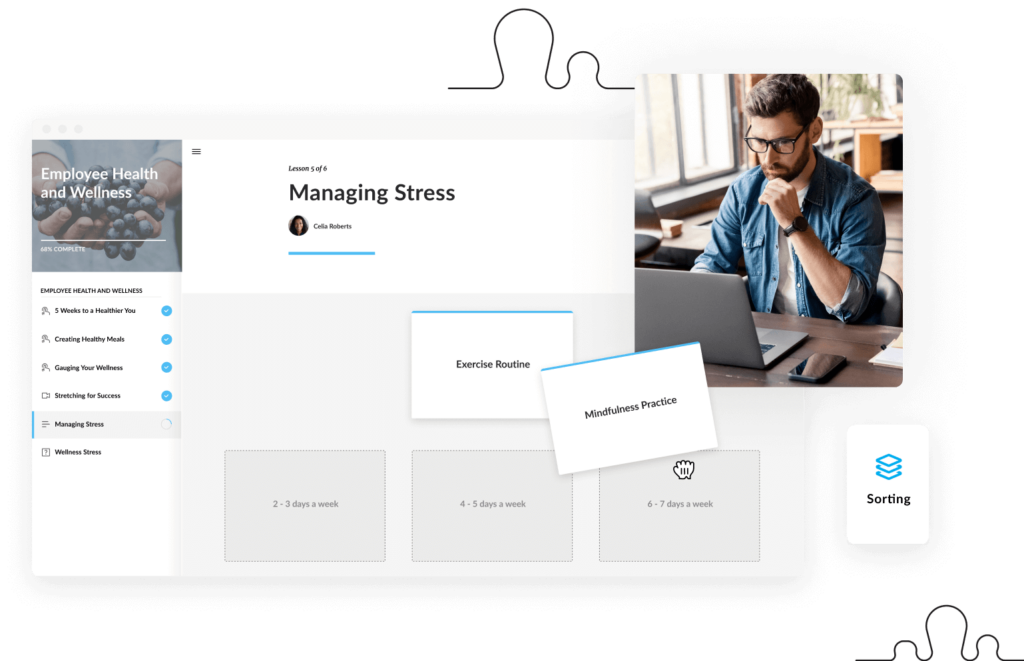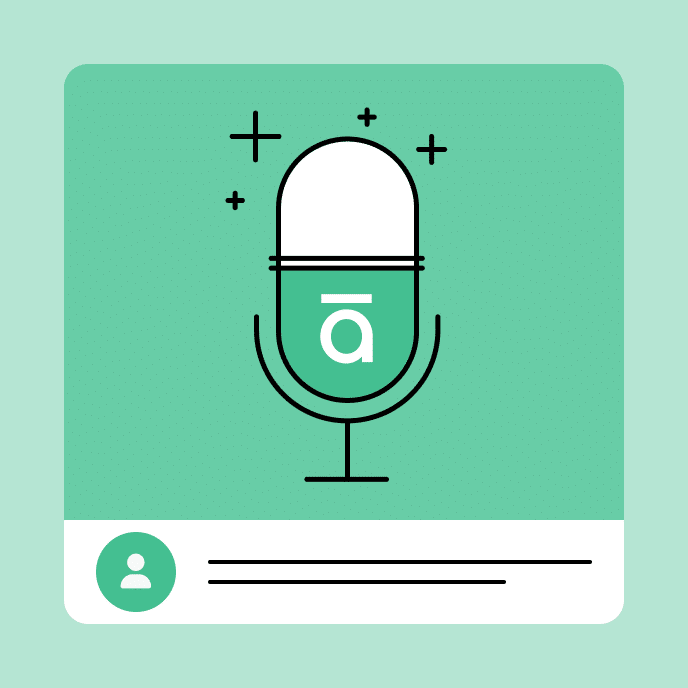5 Tips to Enable Non-L&D Teams to Create Employee Training
Training demands piling up? Decentralize L&D and let SMEs share the load—without sacrificing quality or consistency. Learn five tips for a successful partnership.

The case for decentralizing efforts of your learning and development (L&D) team
Need to deliver effective employee training faster? Is your L&D team overwhelmed with course requests? Want to foster greater collaboration between L&D and other business units? Decentralizing the role of L&D might be the answer.
Traditionally, learning and development teams have been the sole architects of employee training programs. But this centralized approach can lead to bottlenecks and untapped organizational expertise.
Cross-departmental managers and team members possess valuable knowledge that could enrich training programs. Empowering these internal subject matter experts (SMEs) to contribute directly to course creation can relieve pressure on L&D teams, accelerate the training pipeline, and ensure content is highly relevant.
In this post, we’ll explore practical strategies for enabling non-L&D teams to create training courses while maintaining quality and consistency.
Key Takeaways
Who else might contribute to training development initiatives?
Non-L&D contributors may include any team at your organization that doesn’t formally serve the roles of learning and development specialist, training coordinator, instructional designer, chief learning specialist, e-learning developer, etc. Identify department heads and senior or even junior-level employees who have deep or direct knowledge of specific training areas.
The following table provides examples of how different teams across the organization can contribute to different areas of training expertise.
| Non-L&D Team | Subject matter expertise |
| Legal and IT Teams | Compliance training and cybersecurity courses |
| HR Teams | Onboarding, company culture, and leadership training |
| Marketing, Sales, and Product Teams | Branding communications, sales enablement, and product training |
| Operations Teams | Standard operating procedures (SOPs) and productivity tools training |
Why enable non-L&D teams to create employee training materials?
Involving non-L&D contributors in course development can create a win-win scenario for all stakeholders—including L&D specialists, non-L&D contributors, and the greater business. Here’s how.
Ease the burden on L&D teams
Getting other departments to contribute streamlines the course creation process. L&D teams no longer need to interview SMEs, draft online learning materials, and endure lengthy feedback loops. Instead, SMEs contribute content directly, eliminating extra steps and freeing L&D leaders to focus on strategic support, oversight, and quality assurance.
Give non-L&D contributors career development opportunities
Contributors gain personal and professional development opportunities as they share their expertise and see their knowledge valued.
Accelerate training program development times and promote a learning culture
The greater business benefits from faster, more relevant training that leverages the collective wisdom of its workforce. This approach fosters a company culture of continuous learning and knowledge sharing, breaking down information silos and enhancing employee engagement and retention.

5 tips to support non-L&D teams in effective course creation
When well-supported, other teams can make impactful contributions to the course development process. However, it’s up to L&D leaders to ensure these teams have the necessary tools, resources, motivation, and coaching to contribute effectively. Consider the following strategies for setting non-L&D course authors up for success.
1. Get buy-in and establish clear roles and processes upfront
Start by answering, “What’s in it for me?” for potential contributors. Highlight benefits such as professional growth, increased internal visibility, and faster fulfillment of team learning and employee development needs.
Also, define clear roles and review processes early on to nip potential misunderstandings in the bud. For instance, you might position contributors as subject matter experts responsible for providing the main content and creating a first course draft. L&D team members could then act as consultants who offer guidance, tools, and course design feedback or polishing.
2. Equip teams with intuitive, collaborative authoring tools and training
User-friendly e-learning authoring tools enable non-L&D contributors to start creating right away. Look for platforms that require minimal technical expertise to reduce the learning curve. Robust collaborative authoring features are also a must-have for streamlined review and feedback cycles.
Once you have the right learning solutions in place, offer video tutorials or quick-reference guides that teach the basics of how to use these technologies effectively.

3. Offer basic course design best practices or resources
Those with less experience designing learning programs could benefit from resources on effective course design. Keep the guidance simple and actionable. Sample topics might include:
- Identifying and using learning objectives to provide focus to training
- Structuring workplace learning content for clarity
- Using visuals and interactive content to enhance engagement
- Developing effective knowledge checks
4. Create team templates
Save time and ensure consistency by providing ready-made course templates tailored for other teams. Custom templates can include pre-designed course elements, placeholder text, and branding pre-sets to give contributors a head start.
By using templates, non-L&D contributors can focus on adding their expertise rather than worrying about design or formatting, ensuring the final product looks polished and professional.
5. Leverage the power of integrated AI
Knowing your subject matter is one thing—translating it into engaging and impactful course content is another. Non-L&D teams may find this transition challenging. Articulate’s integrated AI Assistant, purpose-built for workplace training, simplifies the process.
A recent case study with the Irish Rugby Football Union (IRFU) highlights how you can leverage AI Assistant to reduce the skills gap for less experienced course creators. Check out the full case study.
AI Assistant helps our SMEs with course creation and design, which they sometimes struggle with because there’s so much information to organize. Now they can use AI to easily adjust the flow of courses, add images, or turn a block of text into an interaction.
Transform L&D from siloed providers to collaborative partners
Involving other teams in course creation transforms the role of learning and development departments from siloed providers to collaborative partners. This approach reduces bottlenecks, empowers SMEs, and accelerates the delivery of impactful employee training. By providing the right tools, resources, and guidance, L&D teams can support non-L&D contributors while maintaining course quality and consistency.
The following table provides a before-and-after summary of how the L&D department might function:
| Before | After |
| -Centralized and isolated -Sole creators and providers of workplace training -Extra steps added to the SME interview and review process | -Decentralized and collaborative -Co-creators, partners, and consultants of workplace training -Streamlined course creation and review process |
Discover how real organizations tackle SME enablement in this case study featuring the Irish Rugby Football Union (IRFU). Learn how the IRFU empowered their partners to create 10 courses in just two weeks.
You may also like

How to Establish Meaningful Success Metrics for E-Learning
Discover a streamlined process for establishing e-learning success metrics that matter to stakeholders and accurately reflect your training’s true impact.

